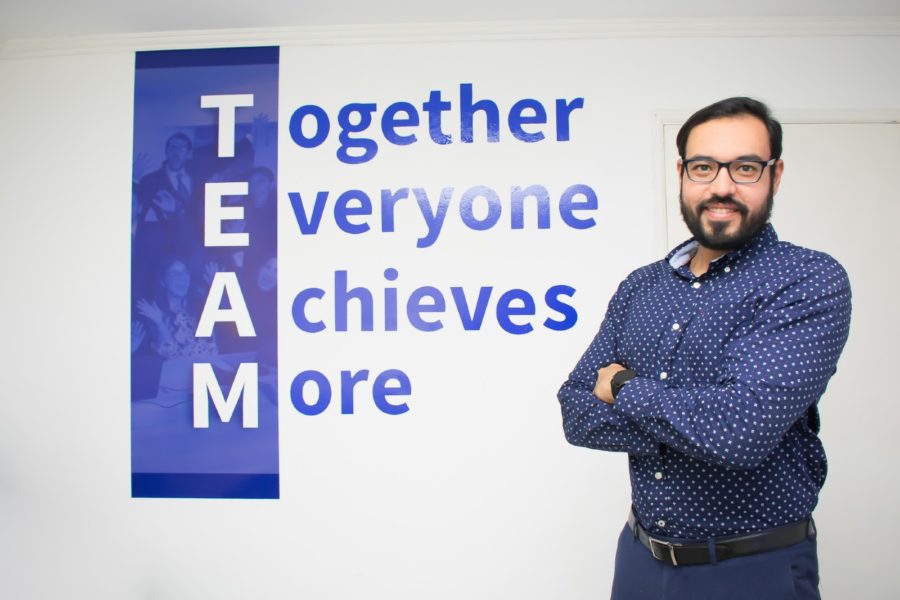We all know that working with a group of people is not as easy as it sounds. In an ideal world: yes, we would all be part of a hand-holding team where everybody’s constantly on the same wavelength, but things can’t always be like that, can they? Most of the time, situations end up going the other way around. Martha wants one thing, and Paul wants the opposite.
Although our role as team leaders isn’t to please everybody at all times, that still is the one thing we look forward to — if we care about our team, that is. A very hard task to fulfill, to put it lightly. At the end of the day, one must make a decision. We’ll have to take sides with a single person or reach a mutual agreement.
Today, we ask: how are we supposed to act in cases like these? Do we go with Martha’s opinion, and dismiss Paul’s, or should we only focus on ours? There’s a plethora of things to consider, and twice as many outcomes we should be aware of. But first, we need to understand why receiving input from every member of the team can benefit our overall results.
- You will receive more diversity from the opinions given.
- It fosters greater interest and participation in the group.
- This will generate more understanding and positivity within the team.
- Groups provide more complete information and knowledge.
- It allows each person in the group to feel valued and respected.
By now, you might be thinking that you should consult (at least) your coworkers for every arrangement within the office. After all, those benefits I mentioned seem very promising, don´t they? But before you go rushing into any decision, here are a few things you should always consider when it comes to group agreements.
Keep the Group Small

Allowing people to share their input on work-related issues doesn’t mean you’ll go around asking anyone about anything that comes up. Limit yourself to those whose opinions can be of good use.
What I mean by this is: that there’s no need for you to hear Lindsay’s view on Accounting if she works for Sales. She won’t have any idea about what’s going down in that department.
Additionally, the more critical a decision is, the more important receiving well-grounded opinions becomes, so there’s no time to lose. Try assembling a group of people whose opinions are relevant to the issue in question.
Make Use of Brainstorming Sessions
After selecting a capable group of people, do not hesitate to try multiple strategies that will assist all of you in reaching a decision. A way to suggest solutions can be through brainstorming sessions.
If you think this process can be helpful, set up a meeting day with your coworkers, then let everybody know how the process is going to take place: you can choose between a light reunion where everyone shares their ideas or a more formal gathering with presentations and all that jazz. It’ll be up to you.
Provide a Safe Space to Speak Up
Welcoming all opinions is crucial. No matter how obtuse they may sound at first, it is important to give feedback in a way that makes your team feel heard. If the opinions are unrelated, kindly direct them the correct way.
Also, try not to force your coworkers into positions they’re not comfortable in. They’re not being interrogated by the police just because they’re having trouble communicating—so don’t shine a light on them. Give them enough time to come up with a sentence, at the very least.
Share Collective Responsibilities
To quote Mike Krzyzewski, head coach at Dukes University:
“There are five fundamental qualities that make every team great: communication, trust, collective responsibility, caring, and pride. I like to think of each as a separate finger on the fist. Any one individually is important. But all of them together are unbeatable.”

If every member of your team finally agrees on a solution, sharing responsibilities is the next step to follow.
Now, assuming that your team has undergone multiple steps of fool-proofing to finalize the decision, every participating member should be accountable for the results they will receive – whether they are good or bad.
To wrap things up, being in charge of a group of people doesn’t entail putting every single decision up for a vote, even if it may sound like a dictatorship.
For experienced managers, making decisions is how they spend their regular workdays. You’ll just know when things are approved (or denied) right at the stop, without assembling a full-blown committee.
Some of the downsides group decision-making can bring are:
- A lot of expenses in terms of man-hours, money, and energy.
- Different opinions can create tension and resentment between coworkers.
- Social pressure can force individuals to make decisions they don’t agree with.
- It minimizes the role of a team leader when it comes to making important decisions.
- Personal conflicts can easily influence decisions.
Having all of this in mind, you also need to be aware of the consequences group decision-making can lead to, so you have to use it wisely. Once you learn to identify the situations in which you can make use of it, you’ll see how beneficial it can be both for your professional interest and your teammates.
To join our already-settled group of skilled Freelancers, you can click here. Make sure to follow us on our social media if you want to continue reviewing great tips like the one I gave here.
See more articles by Jenaro Perdomo






